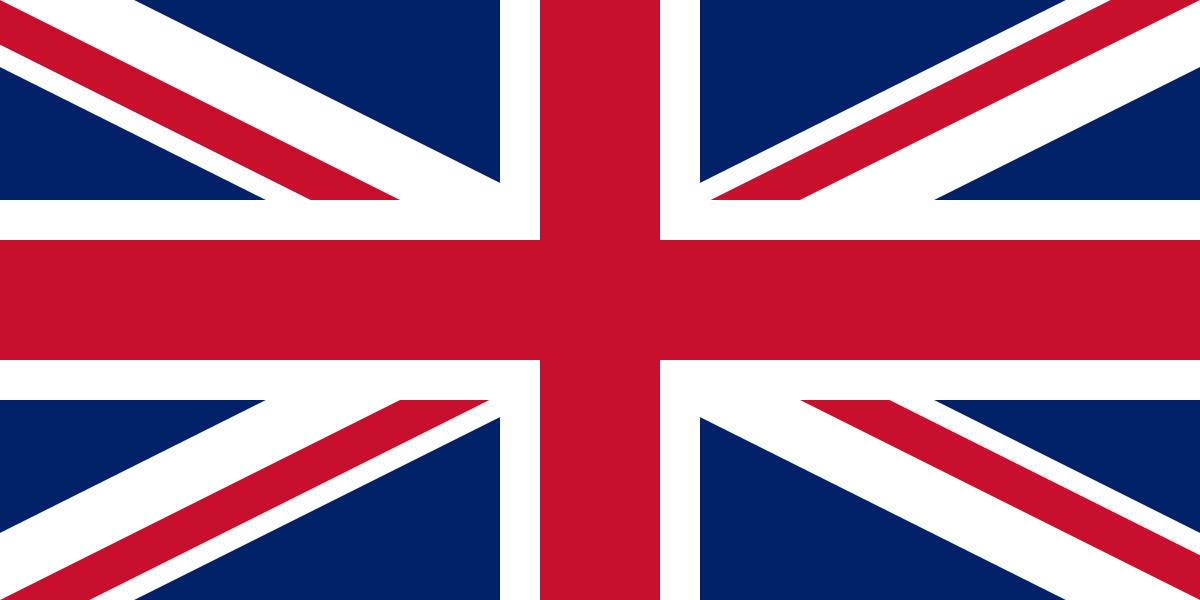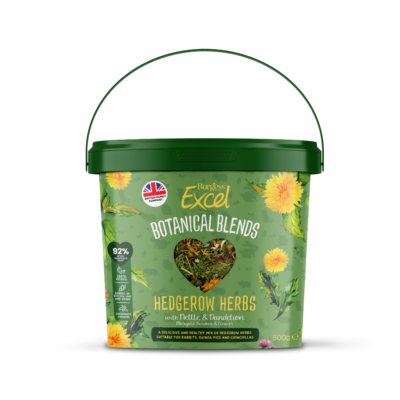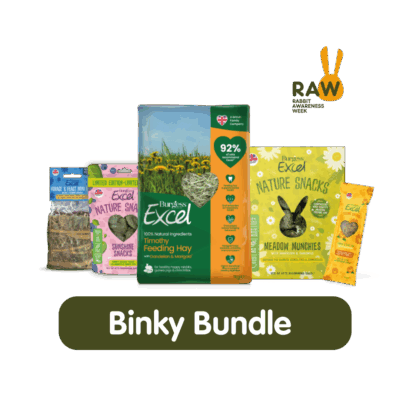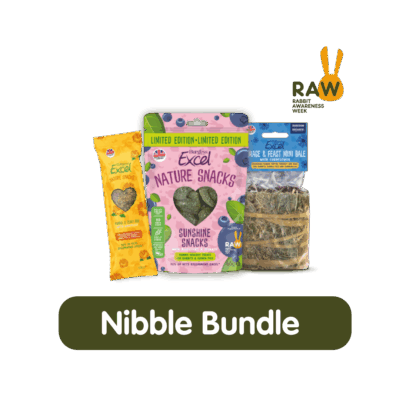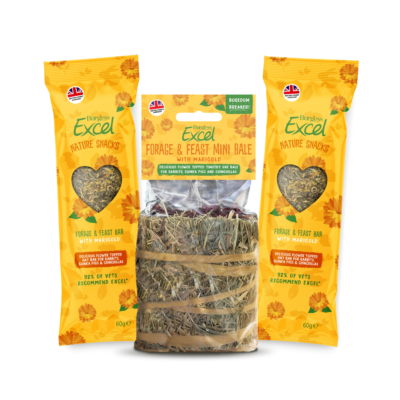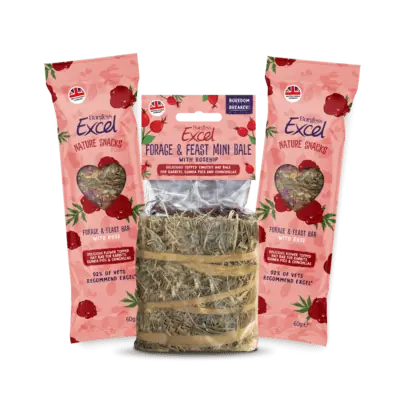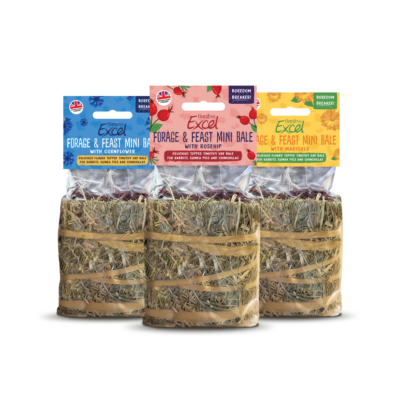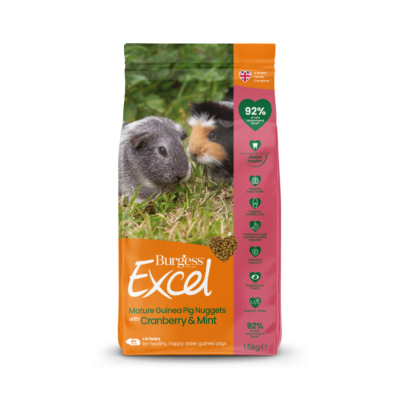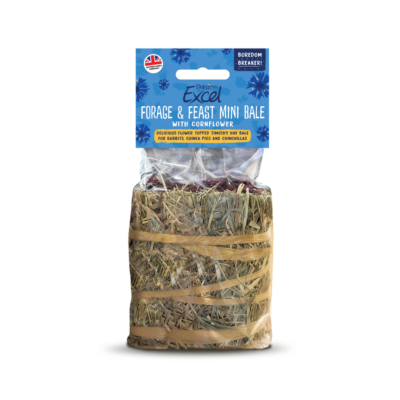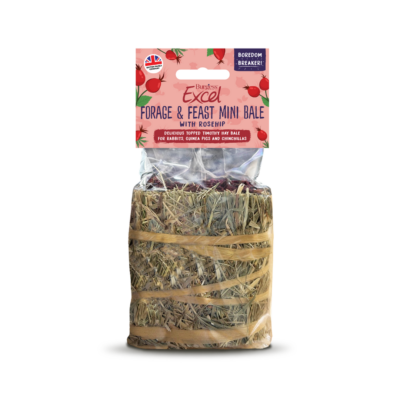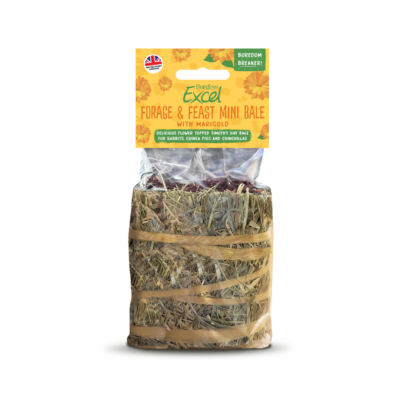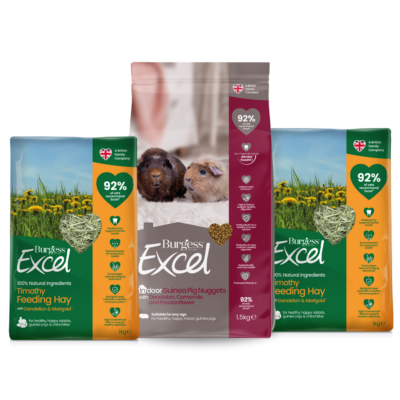How we put your guinea pigs first…
Ever wondered why 92% of vets recommend our Burgess Excel small pets’ range? Or why 41% of guinea pig owners choose Burgess Excel to feed their beloved pets? It could be down to the exceptional care we take with our grass…
At Burgess, all our small pets’ nuggets, feeding hay and healthy treats are made using only the finest quality ingredients that meet our stringent specifications,
The health and well-being of animals is Burgess Pet Care’s number one goal and our expert knowledge in animal nutrition helps us achieve this.
Burgess Pet Care actively works with leading organisations to help educate and raise awareness around animal welfare needs, as well as setting up initiatives to support animals in need, including Rabbit Awareness Week and .
Are your guinea pigs Burgess guinea pigs? Join the Burgess Pet Club for exclusive offers and rewards.
Guinea Pig Food FAQs
What are the best foods for guinea pigs? Why is a healthy diet important for my guinea pigs? Burgess in-house vet, Dr Suzanne Moyes MVB MRCVS, answers some of your frequently asked questions about feeding guinea pigs.
Suzanne is a small animal vet who spent many years in first opinion practice before joining Burgess Pet Care. She carefully oversees recipe development and product production. With her dedicated teams, she ensures Yorkshire-based Burgess Pet Care makes great quality, safe and award-winning pet foods for feeding your guinea pigs, using locally sourced ingredients wherever possible.
Need more advice?
If you’re unsure about the best way of feeding your guinea pigs or have any concerns about specific nutritional requirements, ask your local veterinary practice for advice.
You can use our online contact form to get in touch.
